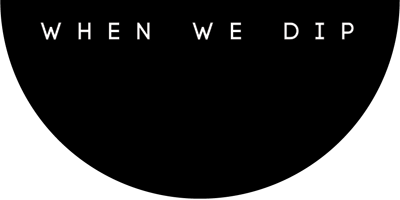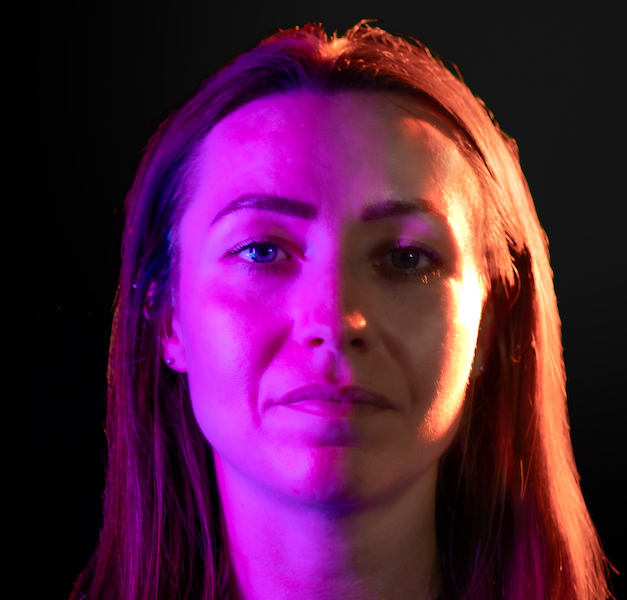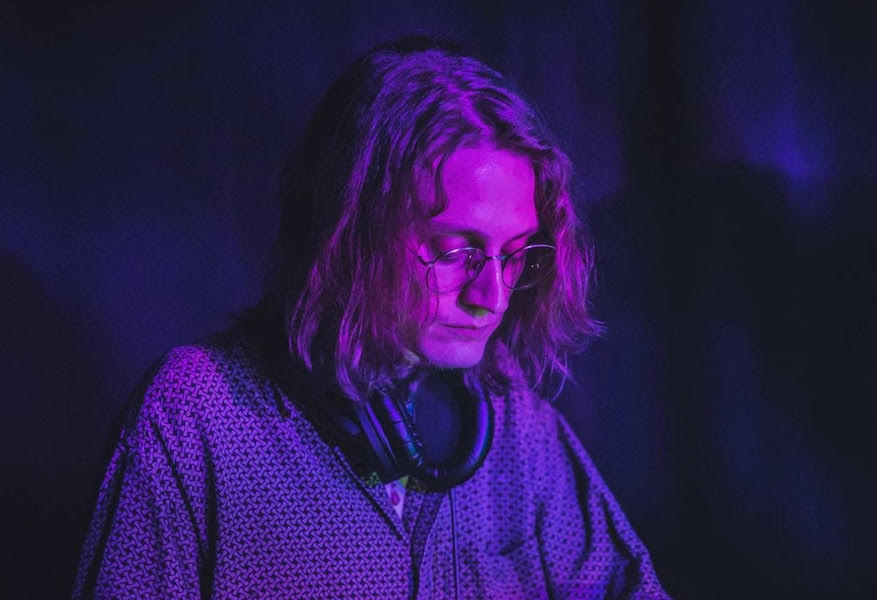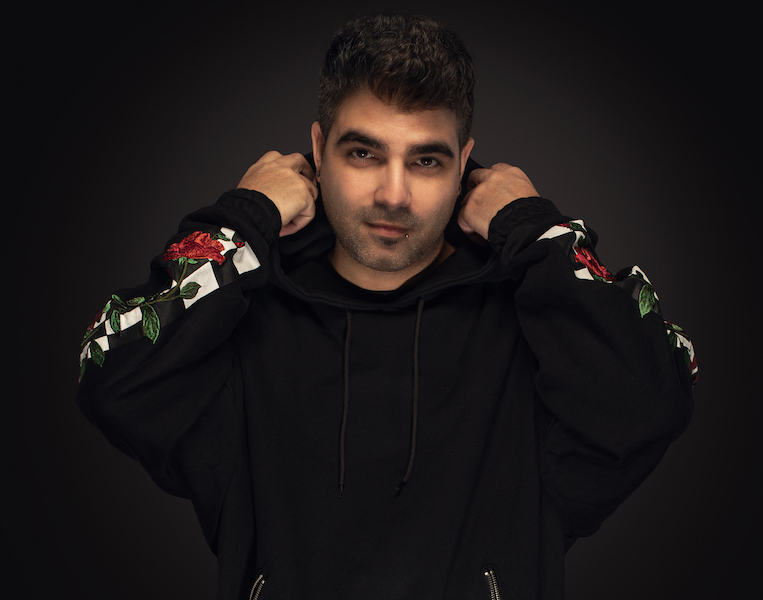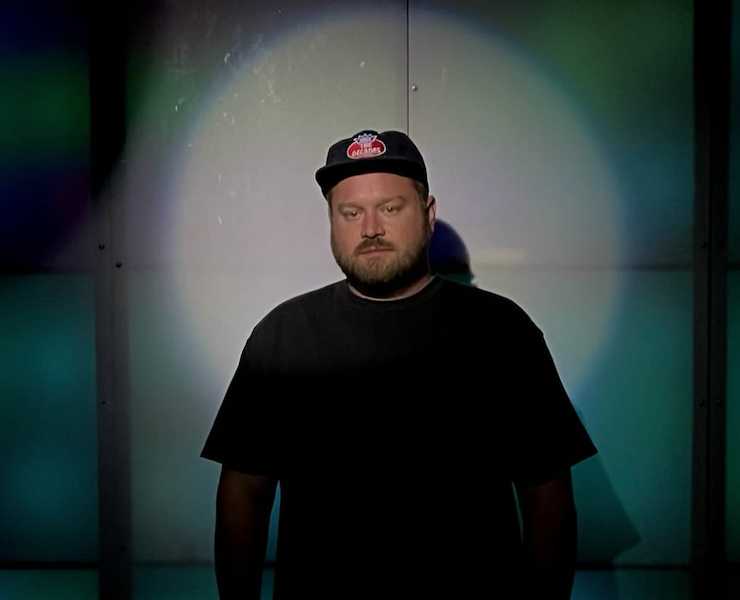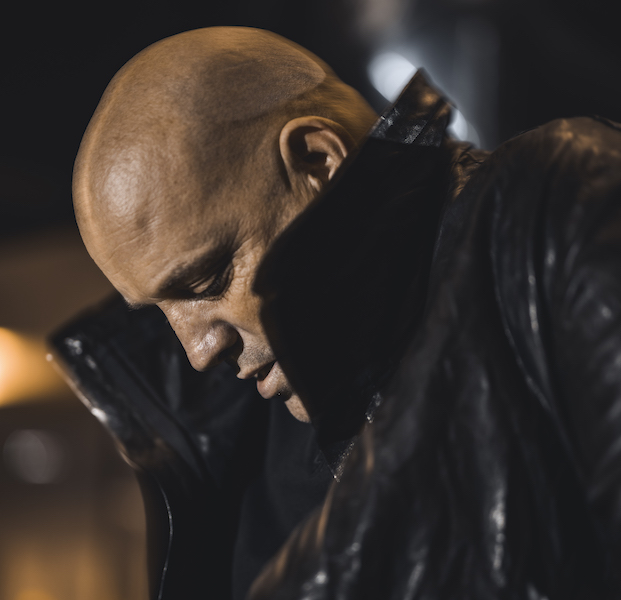With a salvo of smash releases, Samantha Loveridge has taken the music industry by storm. Her cover of REM’s legendary ‘Losing My Religion’ with Treetalk came out on Get Physical into a blaze of radio airtime and support. Championed by the likes of Black Coffee, Jimi Jules, Keinemusik and Rüfüs Du Sol, Samantha’s talent and hard work inspires power and unity which has connected dance floors all over the world. We caught up with her to discuss breakthrough moments (think Black Coffee and Innervisions), managing two labels, her most recent tour, and more!
WWD: Hey Samantha! Great to have you with us at When We Dip. Let’s dive into it! Managing two labels, Inward Records and Tortuga Tribes, is no small feat. What do you enjoy most about the role, and how do you balance your artistic pursuits with the demands of running labels?
Hi, When We Dip! It’s a pleasure to be speaking with you, and thank you for having me. Managing two labels has been an amazing experience for me. It’s given me insight into the other side of the industry and deepened my understanding of what goes into releasing music. What I enjoy most is connecting with artists from all around the world, being one of the first to hear their creations, and supporting them through the release process. And I won’t lie, receiving exclusive music to play in my sets is definitely a nice perk!
WWD: Your sets are known for their deep, afro, and melodic blend, and your connection with the crowd is often highlighted. What’s your secret to creating that crowd synergy, and how do you prepare for your performances?
I think it’s crucial to understand your role for the night and the energy that comes with it. For example, when you’re playing an opening set, it’s about finding tracks with lower energy and shorter breakdowns to keep the vibe moving and grooving – You can even edit tracks in advance to fit that purpose. On the other hand, if you’re headlining, it’s your job to bring the heat! I always make sure to listen to my tracks ahead of time to avoid any mixing surprises, and I like to have a couple of options for the first track or two, no matter the set time. This helps calm my nerves and ease into the set. Once I find my groove, everything tends to flow from there. .
WWD: As an artist championed by the likes of Black Coffee and Keinemusik, how does it feel to have your work recognized by such influential figures in the industry?
Honestly, it feels incredible. Making music can be a tough gig (at least for me), so when one of my tracks is played by heavyweight artists on the world’s biggest stages, it’s a really special feeling. Not every track gets that kind of exposure, but it reassures me that I’m on the right path and motivates me to keep creating.
WWD: Your cover of REM’s ‘Losing My Religion’ with Treetalk became a standout moment in your career. How did it feel to take on such an iconic track, and what did this achievement mean for you personally?
To be honest, it was a happy accident! I made the bootleg with the original vocal simply because I’d never made a bootleg or even an edit before, and I just happened to be singing part of the lyrics in the shower, which led to the vocal choice. Once I finished it, I knew I had something special, but I had no idea it would go global the way it did! It was a real turning point for me, and it came at a time when I needed it most, as I was going through a rough patch. So, on a personal level, it meant more to me than people realise and I couldn’t be more grateful for its success.
WWD: ‘The Pusher’ on Innervisions Secret Weapons series was a significant milestone for you. Can you tell us about the journey of creating that track and what it meant to have the support of Dixon and Âme?
I remember starting the idea for ‘The Pusher’ right before I was about to go to bed. I was scrolling through Instagram and saw some videos of Dixon playing. Inspired by what I heard, I thought, ‘I want to make a track with an old hip-hop vocal for Innervisions,’ and headed to YouTube for some inspiration. That’s when I stumbled across a short video of Moodymann talking about his MPCs, and I decided to use that as a starting point, building the track with Innervisions’ sample packs. Initially, I called the track ‘MPC.’
When Innervisions heard it, they liked the vibe but mentioned that using the vocal would be tricky. They suggested incorporating some AI-generated spoken word instead, and with help from my mentor, we developed what became ‘The Pusher.’ Innervisions is the holy grail of labels for me, so having the support of Dixon, Âme, and the entire Innervisions family is a huge personal milestone and a dream come true.
WWD: How did your recent tour across Europe, Dubai, and Bali influence your set-lists, and what insights have you gained from performing in these different locations?
My tour was an incredible learning experience in so many ways. It gave me a glimpse of what full-time touring could look like and taught me how to take care of myself while traveling across different time zones, which really impacts your health and well-being. It also shifted the way I source and organize my music, broadening my horizons a bit. I remember walking into one gig where they were playing 130 BPM techno before me, and I thought, ‘I don’t have this in my locker, I’m going to clear the dancefloor!’ All you have with you is what’s on your USBs. DJ’s aren’t Spotify, despite the song requests we get sometimes. Thankfully, I didn’t clear the dancefloor and actually surprised myself with how well it went, but it made me realise the importance of sourcing a wider range of tracks, while still staying true to my style. I also played a 5-hour open-to-close set, which changed the way I organise my music. I used to file everything by genre and by the gig I was booked for, but now I sort my tracks by genre, mood, and then by each gig to be even more prepared.
WWD: Beyond the music, what keeps you grounded and inspired on this journey? Are there any personal routines or practices that help you maintain balance?
I’m very fortunate to have a solid group of friends and a music support system that’s both genuine and honest. Their feedback and advice, which I deeply respect, often help me see things from different perspectives, and I’m always learning from them. Inspiration for me can come from anywhere, whether it’s a track I hear or a new plug-in or sample pack. I think it’s helpful to invest in new tools when you can to keep things fresh, as the process of making music can easily become repetitive. Running is a big part of my personal routine. Even though I’m not a natural runner and find it challenging, it really helps clear my mind and makes me feel good, which carries over into my creativity. I believe there’s a strong connection between our well-being and our ability to be creative, and maintaining that balance is so important.
WWD: You’ve already made a mark with releases on major labels and high-profile gigs. What’s next for you in terms of releases and performances, and what are you most excited about for the future?
Right now, I’m focusing on making music and enjoying the process, with the hope that it leads to more releases with the labels on my bucket list. I’m also keen to dive deeper into collaborations, using those opportunities to learn from other artists. I have an upcoming release with Multinotes, which is Musumeci and Lehar’s label, in collaboration with my mentor, featuring vocalist Keepa, and I’m really excited about this one! I also have a release with another bucket list label owned by a famous trio, but I can’t reveal too much just yet. As for gigs, I’ve got a few festivals lined up here in Sydney, which will be my first. I’m also starting to plan my next tour and can’t wait to hit the road again!
WWD: We can’t wait to hear it! Thanks for the chat, Samantha 🙂
